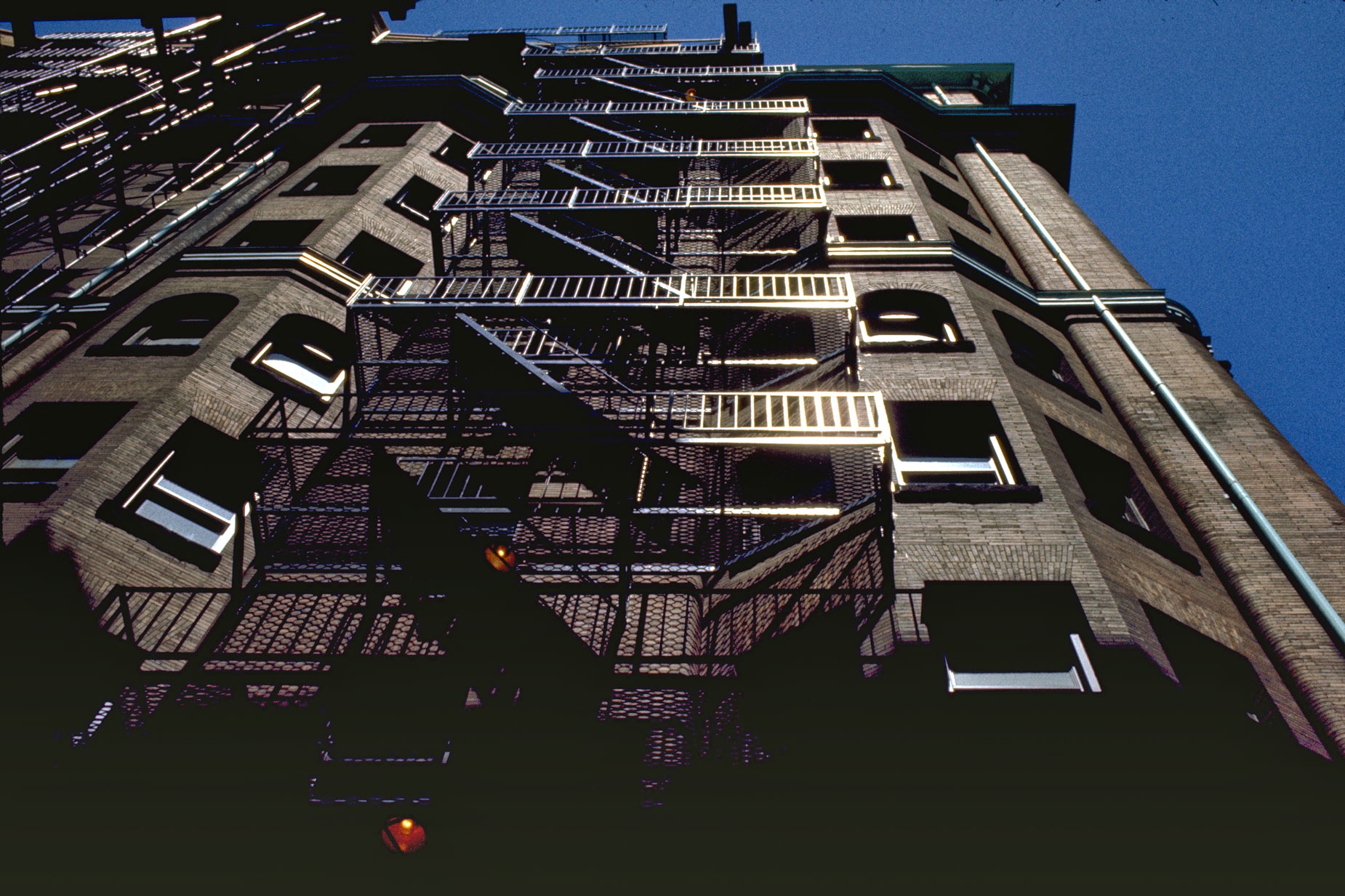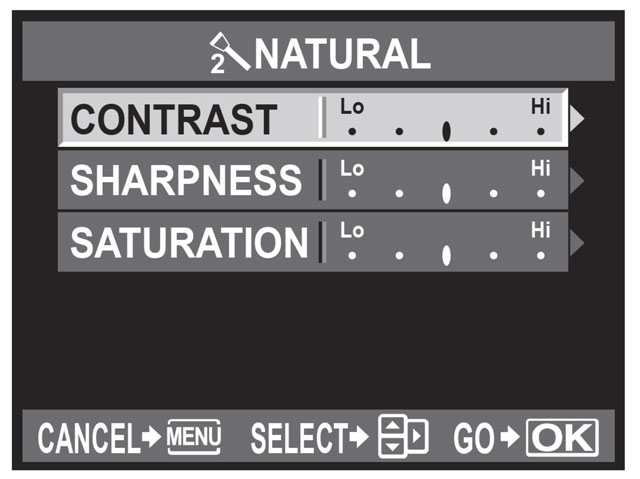Today’s Post by Joe Farace
The true work of art is but a shadow of the divine perfection—Michelangelo
For many photographers it’s really the shadows that can make or break a photograph. That’s because the use of shadows can add depth, texture, and contrast to your photographs. Shadows can be used to shape form, direct attention, and even become the focal point of a photograph. But sometimes the results may get a bit more shadowy than we might prefer.
The Shadow’s’ alter ego Lamont Cranston used mind control taught to him by monks in Lhasa but we have lots of other kinds of options starting with the highlight and shadow controls that’s available in some DSLR’s and mirrorless cameras.

If there is no shadow control in your mirrorless camera or DSLR, as with the menu for the Canon EOS 5D Mark I below shows, but you can use the Contrast controls to lower the contrast and “open up” the shadows to reveal more detail. The downside is that digital noise is more likely found in shadow areas than mid-tones. So (as it says on an old coffee mug of mine) what’s a poor hippo to do?
 Programs like Adobe Photoshop can be used to control shadows and sometimes highlights too. While all of these tools can be used to almost complete eliminate shadows giving the image a flat and boring look, I prefer to use them to open up detail that might otherwise be lost and sculpt shadows and to create shape and dimension. One of the best power tools that are available for this function is the Vivenza plug-in.
Programs like Adobe Photoshop can be used to control shadows and sometimes highlights too. While all of these tools can be used to almost complete eliminate shadows giving the image a flat and boring look, I prefer to use them to open up detail that might otherwise be lost and sculpt shadows and to create shape and dimension. One of the best power tools that are available for this function is the Vivenza plug-in.
 If you enjoyed today’s blog post and would like to treat Joe to a cup of Earl Grey tea ($2.50), click
If you enjoyed today’s blog post and would like to treat Joe to a cup of Earl Grey tea ($2.50), click